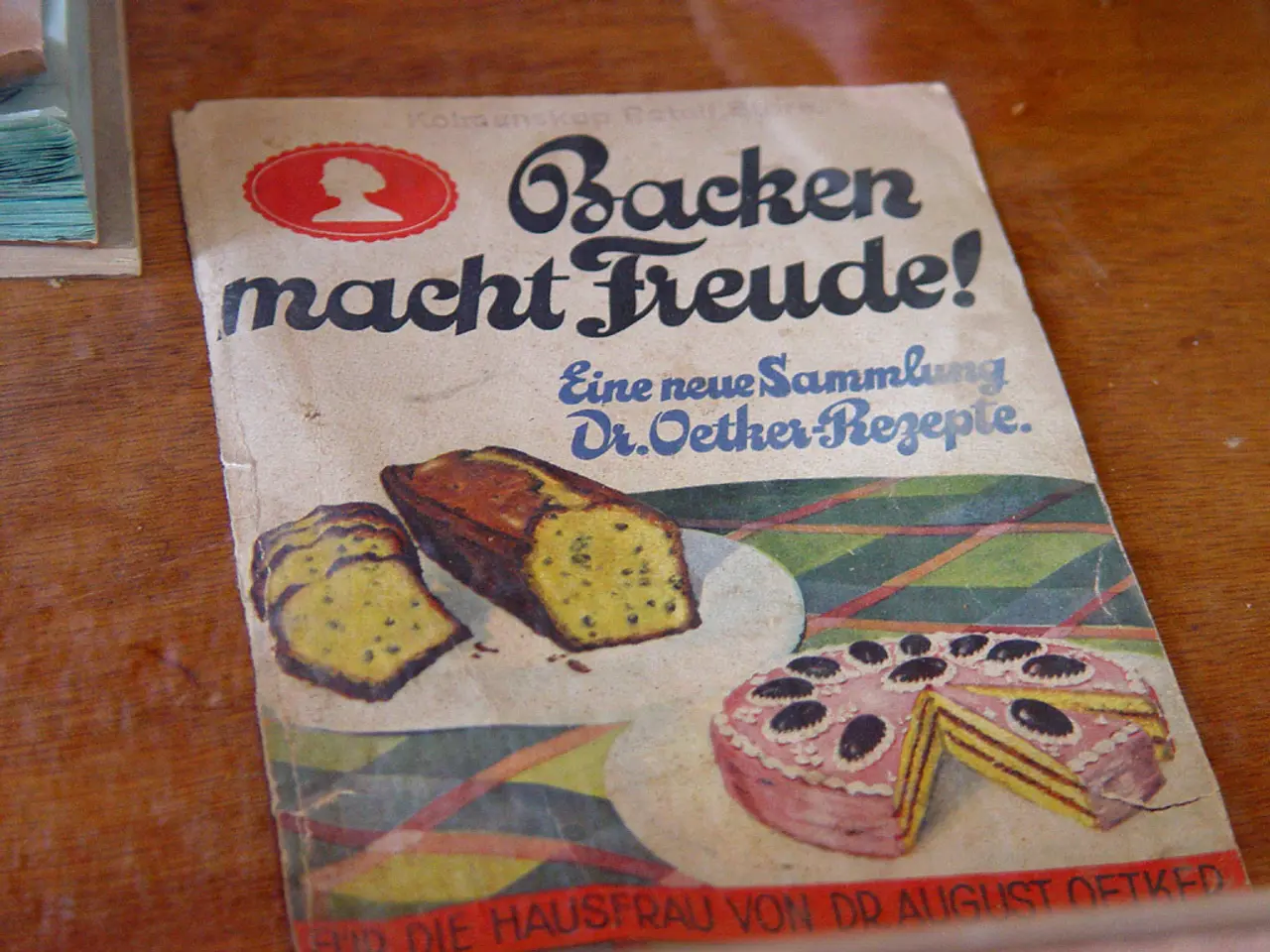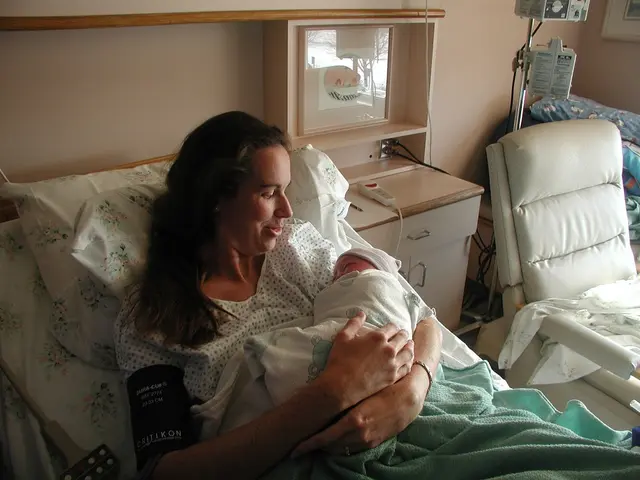Baking Bread: A Live Demonstration of Cellular Respiration!
In a kitchen filled with the aroma of fresh bread, a simple demonstration unfolds, revealing the fascinating biochemistry behind one of humanity's most beloved staples. This bread-making process, it turns out, is a practical example of anaerobic cellular respiration, a vital adaptation seen across many organisms.
The key player in this biological drama is yeast, a living microorganism that plays a crucial role in the transformation of dough into bread. During the process of bread making, yeast consumes glucose present in the dough and performs anaerobic respiration, as the dough environment lacks oxygen. This process, also known as alcoholic fermentation, results in the production of energy in the form of ATP, along with two key byproducts: carbon dioxide (CO₂) and ethanol (alcohol).
The carbon dioxide produced causes the bread dough to rise by forming bubbles, which creates the fluffy texture of baked bread. The ethanol gives flavor and mostly evaporates during baking. This biochemical process mimics how cells generate energy without oxygen in nature.
The process of respiration in bread making demonstrates cellular respiration, specifically anaerobic respiration or fermentation, in living organisms. Glycolysis first breaks glucose down into pyruvate, producing a small amount of ATP. In the absence of oxygen, instead of entering aerobic respiration, pyruvate is converted by yeast into ethanol and carbon dioxide. The ATP produced provides energy to the yeast cells for survival and growth.
This is analogous to fermentation pathways in other organisms, such as lactic acid fermentation in muscle cells during low oxygen conditions. Hence, bread making is a practical example of anaerobic cellular respiration, illustrating how organisms extract energy from glucose without oxygen, producing characteristic byproducts (CO₂ and ethanol) that have real-world applications in food and industry.
To replicate this demonstration at home, you will need a mixing bowl, strong white bread flour, salt, yeast, soft butter, tepid water, olive oil, and a work surface dusted with flour. Begin by mixing the ingredients and adding the water slowly to bring together a rough dough. Tip the risen dough onto the work surface with some flour, knead out the air until smooth, and roll into a loaf shape.
Clean out the mixing bowl and smear it with oil. Sprinkle flour on the dough and score a pattern before placing it in the oven. Place the shaped dough on a lined baking tray and cover it with a tea towel again to rise one more. Cook the dough in an oven preheated to 200 degrees, with a roasting tin of water for steam, for about half an hour.
This links the biological fundamentals of cellular respiration to everyday life processes, providing a tangible understanding of the complex biochemistry that underpins our daily lives. By understanding the role of yeast in bread making, we can appreciate the power of anaerobic cellular respiration and its importance in the natural world.
Key Points:
| Aspect | Cellular Respiration in Organisms | Respiration in Bread Making (Yeast) | |-----------------------------|-------------------------------------------------------------|-------------------------------------------------------------| | Oxygen requirement | Aerobic requires oxygen; Anaerobic does not | Anaerobic (no oxygen in dough) | | Breakdown of glucose | Glycolysis → Pyruvate | Glycolysis → Pyruvate | | End products | CO₂ + water + ATP (aerobic); Ethanol + CO₂ + ATP (anaerobic) | Ethanol + CO₂ + ATP (via fermentation) | | ATP yield | Aerobic: ~36-38 ATP; Anaerobic: 2 ATP per glucose | ~2 ATP per glucose (anaerobic fermentation) | | Biological role | Energy production for cellular functions | Provides energy for yeast growth and CO₂ for bread rising |
- The bread-making process showcases anaerobic cellular respiration, a biological process that occurs in living organisms like yeast, demonstrating how organisms can generate energy without oxygen.
- During bread making, yeast consumes glucose in the dough and performs anaerobic respiration, leading to the production of carbon dioxide and ethanol, which contribute to the bread's rise and flavor.
- By understanding the role of yeast in bread making, we can gain a tangible comprehension of the complex biochemistry that contributes to our daily lives, linking this biological fundamental to lifestyle aspects such as food and drink, particularly health-and-wellness, cooking, and baking.
- Bread making is a practical example of fermentation pathways in living organisms, with its key byproducts (carbon dioxide and ethanol) having real-world applications not only in the food industry but also in the realm of science.
- In the kitchen that fills with the aroma of fresh bread, one can witness the fascinating science behind a beloved staple, further fostering an appreciation for the connection between lifestyle activities like fitness-and-exercise, health-and-wellness, and the natural world's intricate biochemistry.




